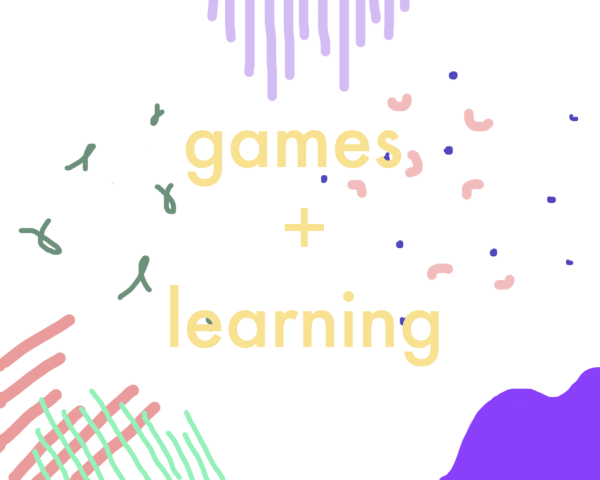
Games based learning is a response to the societal shift in simulation, whereby technology makes it possible to create and investigate hypothetical worlds (Squire, 2006). Games are an extremely useful apparatus as they allow students to learn through failure and develop identities in a situational problem-solving environment (Squire, 2006). Additionally it promotes collaboration, interactive play culture and learning (Thomas & Seely Brown, 2007). Overall, contributing towards convergent (social and cultural) and divergent (understanding and growth) thinking in students (Thomas & Seely Brown, 2007).
Prensky (2007) suggests that students grouped in team of 2-4 create games based off material that has recently been covered. It should entail guidelines for the structure and design of the game but also be should be broad enough to allow creativity. This follows the guided discovery approach to learning in game-based learning which is learner focused. Gee (2005) additionally supports this approach, where problem-solving is viewed as the basis of the game construction as it leads to a more meaningful experience.
Kodu is a free 3D video game creation tool which allows students to code without the complexity of real coding. It has a range of variables to change character emotions in the game as well as tools to create different terrains for the world.
Below is a game I made with the Kodu program. Personally, I found the interface quite challenging due to the lack of guidance. That game i created consisted of finding a star in order to move on to the next level. Due to lack of time and guidance, I was unable to skilfully create a successful game. The coding interface can be quite overwhelming for a first-time user and it does not allow the user to add in external references in the game.
Kodu can be used in correlation with Stage 2 – English to make a representation of a book that they have read before, utilising the different levels within Kodu. The students are broken up into pairs and presented with a problem, the main character of the book is stuck somewhere in the game and one of the other characters needs to find them. Students are given guidelines for the games:
- The game must have at least 3 levels
- Set the scene like how you think it would look like in the book – maybe each level could have different scenes
- Have at least 2 characters – the main character and the other character
As students solve the problem, they utilise a range of problem-solving skills and creativity in the construction of their game. Students who make their own games are often more engaged and find them more relatable than teacher made games (Prensky, 2007). It provides students with an engaging tool for learning in the classroom.
References:
Arnab, S., Berta, R., Earp, J., De Freitas, S., Popescu, M., Romero, M., & Usart, M. (2012). Framing the adoption of serious games in formal education. Electronic Journal of e-Learning, 10(2), pp.159-171.
Gee, J. P. (2005). Good video games and good learning. Phi Kappa Phi Forum, 85(2),33-37.
Mayer, R. E. (2016). What Should Be the Role of Computer Games in Education?. Policy Insights from the Behavioral and Brain Sciences, 3(1), 20-26.
Prensky, M. (2007). Students as designers and creators of educational computer games.
Squire, K. (2006). From content to context: Video games as designed experience. Educational Researcher, 35(8), pp. 19-29.
Thomas, D., Seely Brown, J. (2007). The play of imagination: Extending the literary mind. Games and Culture 2(2), pp. 149-172.
